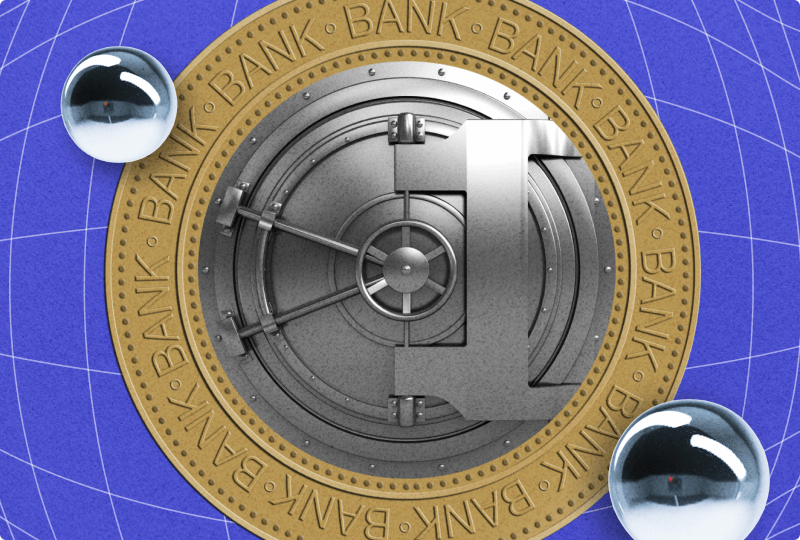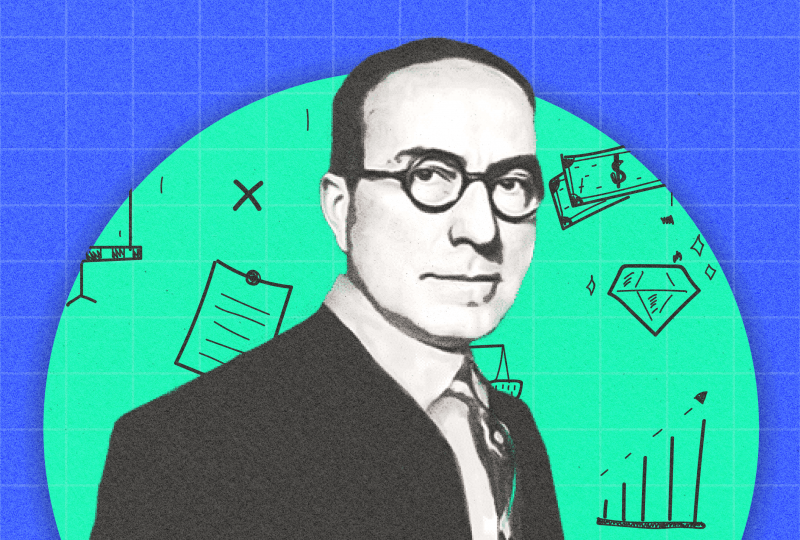The Best Bank Stocks Are Moving. What Could Push Them Even Higher.
Nov 16, 2023

Following a spike in the best bank stocks on Tuesday as better-than-expected inflation data pushed rates lower, some on Wall Street are confident about a more sustainable rebound.
Higher bond rates initially benefit banks by allowing them to earn more interest on assets. Bank equities suffer when interest rates climb too quickly, as they did during the Federal Reserve’s current tightening cycle.
Banks’ funding costs have gradually increased while the value of the bonds on their balance sheets has decreased. Lending is under pressure because increasing interest rates discourage banks from issuing new credit because they are concerned about prospective delinquencies on existing loans.
But, if bond rates continue to fall, bank stocks should see a turnaround, giving prices plenty of potential to grow. It is unquestionably required: Despite recent increases, the SPDR S&P Bank ETF KBE(KBE) is down around 12% this year, while the S&P 500 (SPX) has risen 17%.
Bond prices decrease when yields rise. Thus, the Fed’s rate hikes have left banks with hundreds of billions of dollars in unrealized bond losses. Lower bond rates might “accelerate a fair value rebound,” assisting in the unwinding of previous losses, according to Jeff Rulis, senior research analyst at D.A. Davidson.
The timing would be ideal since reversing those losses would alleviate one of the problems that banks have been dealing with. The losses would be reduced, and banks would be required to retain less capital against their bond holdings.
Banks are forced to keep more capital against riskier assets, such as certain bonds and loans, reducing their profitability.
Banks have also been concerned about consumers having problems repaying their loans. Delinquency rates are still historically low, but they are approaching pre-pandemic levels, implying a growing demand for cash in order to meet regulatory requirements.
A reversal of unrealized losses in bond portfolios “could serve as a cushion for potentially elevated credit costs,” according to Rulis. He expects banks with Tier 1 capital ratios of less than 7% to profit, including Comerica (CMA), KeyCorp (KEY), Zions Bancorporation (ZION), and Fifth Third Bank (FITB).
Bond rates falling can help banks in other ways as well. Borrowers’ interest rates are tied to the rates on Treasuries. Higher interest rates have made households less likely to seek new mortgages, while corporations have been less willing to take on debt for new projects. As interest rates fall, some of those prospective borrowers may reconsider.
The idea that low-interest rates may help banks is not new. According to Gerard Cassidy, analyst at RBC Capital Markets, bank stocks rose 54% on average in 1995 when the Fed dropped interest rates twice, suggesting to investors that the period of monetary tightening between January 1994 and February 1995 was gone.
Cassidy is becoming positive in the banking industry even though the best bank stocks are still selling at a tiny discount to historical levels.
Cassidy said that he and his colleagues continue to believe that if the Fed hits the terminal rate soon, bank stock prices will climb, and investors will be rewarded at current cheap values.
It’s exactly the kind of news that bank investors have been looking for.




